Indoor air quality describes how inside air can affect a person’s health, comfort, and ability to work. It can include temperature, humidity, lack of outside air (poor ventilation), mold from water damage, or exposure to other chemicals. Concerns from employees regarding the indoor air quality should be investigated by the employer with reasonable action taken to implement recommendations.
The qualities of good IAQ should include comfortable temperature and humidity, adequate supply of fresh outdoor air, and control of pollutants from inside and outside of the building. This means that any intrusions of water, pests, and other sources of indoor contaminants are prevented or mitigated and controlled. Good indoor air quality can also be created and maintained by thoughtful selection of materials used for cleaning, maintenance, remodels, and any other indoor processes or uses. Building design plays an important role in achieving good indoor air quality. All interior spaces should be well ventilated, thermally controlled, and have proper room and storage for goods and materials. Good housekeeping practices for indoor spaces and preventive maintenance of building systems, including heating, ventilation, and air conditioning (HVAC) systems also help to maintain good indoor air quality.
Our Indoor Air Quality Assessments include the measurement of factors including temperature, humidity, carbon dioxide (CO2), carbon monoxide (CO) & volatile organic compounds (VOC’S).
Safe Work Australia’s Workplace Exposure Standards for Airborne contaminants 2013 lists exposure standards for specific contaminants and not necessarily indoor air quality issues in general. There are no specific standards referenced by legislation however, the Australian Building Codes Board has recently published the Indoor Air Quality Handbook 2018.
The National Health and Medical Research Council defines indoor air as the air within a building occupied for a period of at least one hour by people of varying states of health.
According to the World Health Organisation, Sick Building Syndrome refers to a range of non-specific symptoms which can affect a significant number of building occupants. Itchy eyes, tiredness or headaches are typical of such complaints. Such symptoms have no clear causes and abate when a person is no longer inside the building. Building Related Illnesses are those which have specific or diagnosable causes. Allergic reactions and infections such as legionnaires’ disease are examples.
